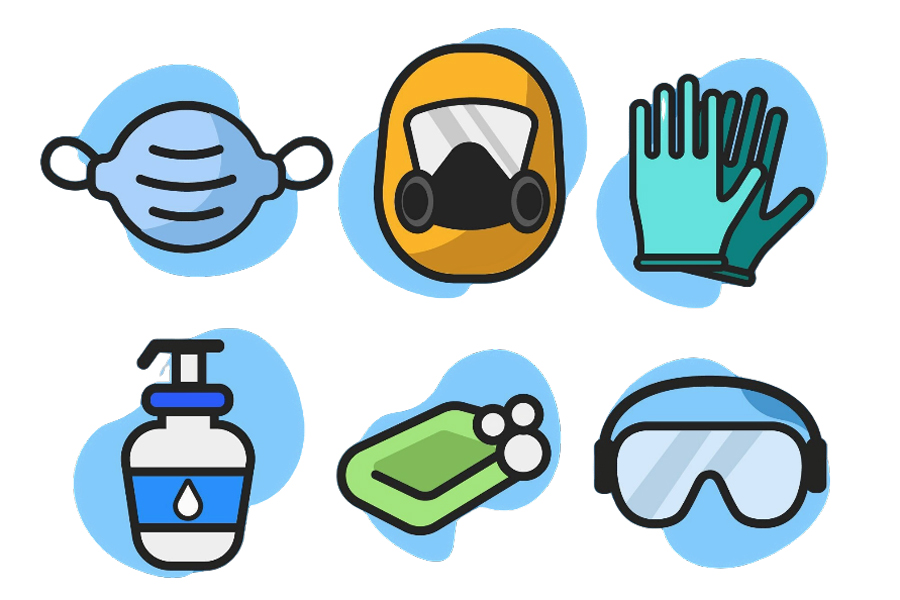After breathing a sigh of relief for the past few years, many Georgians are once again facing extreme drought conditions, which threaten to intensify during the summer.
While scattered showers seem to dot northeast Georgia daily, the southern two-thirds of the state has faced deepening drought since May. Parts of middle Georgia are in exceptional drought, the highest drought level.
Last week, U.S. Secretary of Agriculture Tom Vilsack named 22 Georgia counties drought disasters and 26 contiguous counties eligible for aid.
Drought is nothing new to the South, especially not to Georgia. Just as economic forecasters say we are facing a “new normal” in the U.S. economy and must adjust our spending habits to those conditions, Georgians are adjusting their water-use habits to meet our new normal in the water supply.
I have heard experts say it’s not the abundance of water in Georgia that has changed, rather it’s the number of people using the resource and the amounts they are using that are stressing the supply.
Use water wisely
During the last prolonged drought four years ago, pleas to conserve water were followed by stringent water-use restrictions, heralding a dramatic decrease in water use across the state. People became more conscientious about how they used water. In Atlanta, water consumption dropped by 14 percent compared to a decade earlier.
Georgia is becoming a more water-efficient state because most are doing their part to protect and conserve this precious resource, including Georgia farmers. However, farmers need sound, scientific-based information to make the best, most-economical decisions to help them stay in business, while providing the food and fiber we need at home and around the world.
For decades, the University of Georgia College of Agricultural and Environmental Sciences has been the foremost place where Georgia farmers turn to for new systems, technologies and patterns for efficiently irrigating crops in an environmentally friendly way.
The UGA C.M. Stripling Irrigation Research Park is in the heart of row-crop agriculture in south Georgia. CAES and U.S. Department of Agriculture scientists conduct research at this open classroom where farmers see and hear about the latest cutting-edge techniques to water their crops cheaper and wiser.
One example is Virtual Grower, a software package developed by UGA researchers and adopted by USDA that is now freely available to the public. Farmers can use this software to estimate the water needs of their crops. The scientists who developed the model and the software say farmers can reduce water usage by 50 to 80 percent by using these models.
Prudent policy
The last drought wreaked havoc on Georgia’s once booming green industry, especially landscapers, nurseries and sod producers. Almost half of the state’s landscape-related businesses closed their doors. The housing bust that followed soon after further devastated the industry.
Many blamed the lack of sound water policy and conservation practices for the downfall. The Center for Urban Agriculture, a CAES-run state center in Griffin, Ga., worked closely with the industry and agencies to find the middle ground. They developed new recommendations for irrigating turfgrass, promoted planting landscape plants that use less water and taught water recycling for landscapes.
And they are helping the industry through the current drought.
Conserving water locally is important to the overall supply. Cooperative Extension agents and 4-H program leaders educate Georgians about water efficiency in and around homes.
The Georgia Automated Weather Monitoring Network, a CAES-operated online system of real-time soil moisture data, helps everyone from landscapers to farmers to golf course managers make the best decisions about water needs and use. Knowing precise soil moisture shows where and when water is needed, so less is wasted.
Protect resources
Just as we are searching for ways to get water efficiently to plants, CAES plant geneticists are developing new plant breeds that require less water to grow and thrive. Over the past few years, they have developed many new crop varieties and turfgrasses that use less water and are more drought-tolerant. One turf breed, Seashore Paspalam, developed on our Griffin, Ga., campus, can be watered with seawater – a big water-saver along the coast.
CAES conducts research to help protect the state’s water quality, too. Water quality can be easily compromised, especially during drought. Understanding how water becomes contaminated is an important tool to educate all citizens in ways they can protect our water supply.
Water quantity and quality are major problems for some of the largest agriculture areas of the country, causing some major producers and agribusinesses to move. Protecting this resource in Georgia is paramount to keep our agricultural and our state’s economy growing.





